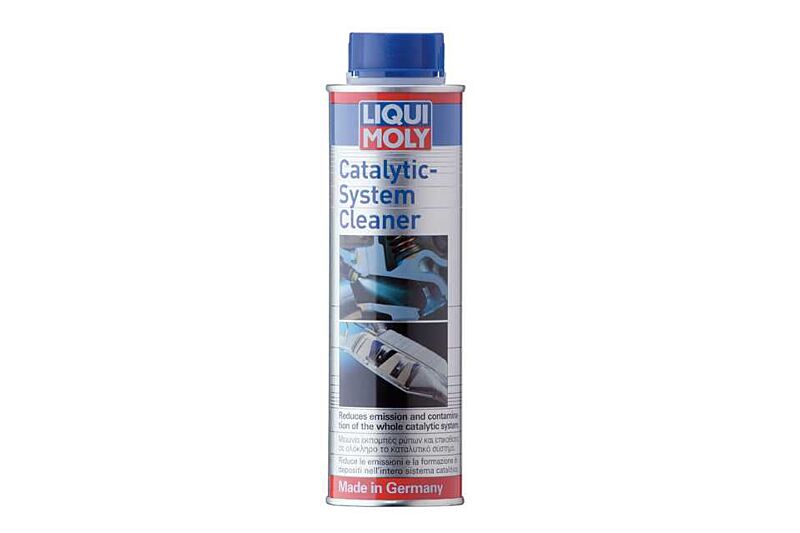Hello,
Still loving my 24 CrossTrek Wilderness. It's great. On my next service, according to my dealership, at 15K miles, or 18 months, they recommend a decarbonization. I have the 2.5L direct injected engine. Is this legit? Is it a scam? Do I really need to have this done? What does it cost? Thanks.
Still loving my 24 CrossTrek Wilderness. It's great. On my next service, according to my dealership, at 15K miles, or 18 months, they recommend a decarbonization. I have the 2.5L direct injected engine. Is this legit? Is it a scam? Do I really need to have this done? What does it cost? Thanks.





